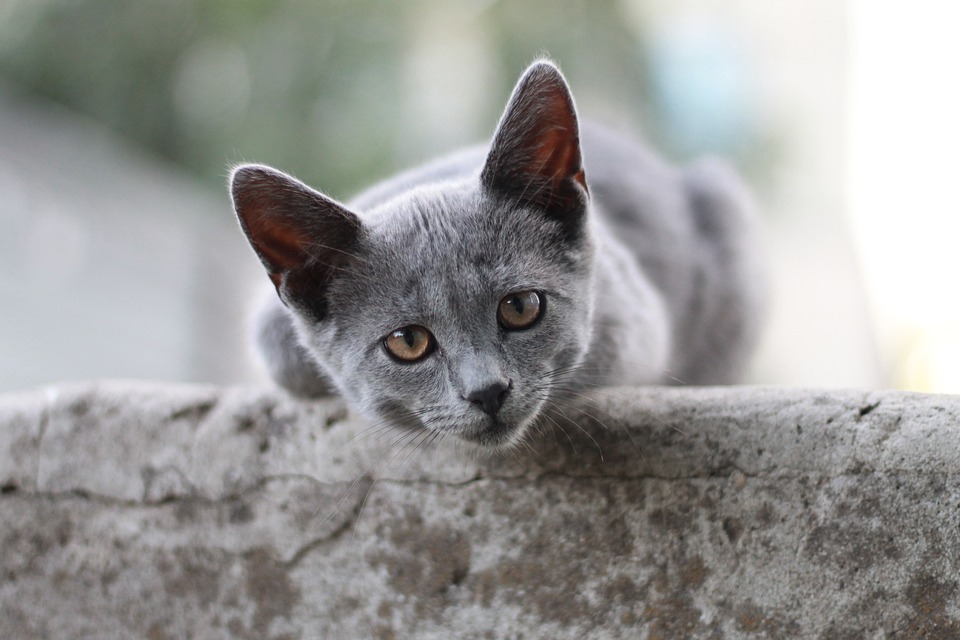Cats may be known for their grooming habits, but they are not immune to developing various skin conditions. As a responsible cat owner, it is crucial to understand the causes, symptoms, and treatments of common cat skin conditions. This article will delve into the most prevalent skin conditions affecting cats, providing valuable insights to help you keep your feline friend healthy and comfortable.
One common cat skin condition is feline acne. This condition can be caused by overactive sebaceous glands, poor grooming habits, or allergic reactions to plastic food bowls or grooming products. Symptoms of feline acne include blackheads or whiteheads on the chin or lip area, swelling or redness, and itching or discomfort. Treatment options include regular cleaning of the affected area with a gentle cleanser, switching to stainless steel or ceramic food bowls, and consulting with a veterinarian for severe cases.
Flea allergy dermatitis is another common skin condition among cats. It is caused by a hypersensitivity to flea saliva and flea infestations. Symptoms include excessive scratching, licking, or biting, hair loss or thinning coat, and red, inflamed skin or scabs. To treat flea allergy dermatitis, it is important to eliminate fleas from the cat’s environment using appropriate products, administer veterinarian-approved flea control treatments, and use hypoallergenic shampoos or topical creams to soothe the skin.
Ringworm, a fungal infection caused by direct contact with infected animals or objects, is also prevalent among cats. Symptoms of ringworm include circular patches of hair loss, red, crusty, or scaly lesions, and itching or discomfort. Treatment options include antifungal medication prescribed by a veterinarian, isolation of the infected cat to prevent spreading, and thorough cleaning of the environment to eliminate fungal spores.
Food allergies can also manifest as skin conditions in cats. Common allergens include beef, dairy, fish, and grains. Symptoms of food allergies in cats include itchy skin or excessive scratching, ear infections, and gastrointestinal issues such as vomiting and diarrhea. Treatment involves identification and elimination of the allergenic ingredient from the cat’s diet, transitioning to hypoallergenic or limited-ingredient cat food, and consultation with a veterinarian for dietary advice and potential allergy testing.
Eosinophilic granuloma complex is another skin condition that can affect cats. It is caused by an allergic reaction to fleas, food, or environmental factors, as well as immune system disorders. Symptoms include raised, ulcerated skin lesions, swelling or thickening of the lips, chin, or pads, and excessive grooming or scratching. Treatment options include flea control measures, steroid or antihistamine medications, and topical creams or ointments to alleviate symptoms.
To address some commonly asked questions, it is important to note that human skin products should never be used on cats, as they can be harmful or toxic. While not all cat skin conditions are contagious to humans, some, like ringworm, can be transmitted. It is advisable to consult a veterinarian for an accurate diagnosis and appropriate treatment plan, although mild skin conditions can sometimes be managed at home. Additionally, a balanced and appropriate diet can play a role in preventing cat skin conditions, particularly those related to food allergies.
In conclusion, understanding common cat skin conditions is crucial for every cat owner. By recognizing the causes, symptoms, and treatments of these conditions, you can provide the necessary care and ensure your feline companion’s well-being. Remember, if in doubt, always consult your veterinarian for professional advice tailored to your cat’s specific needs.








